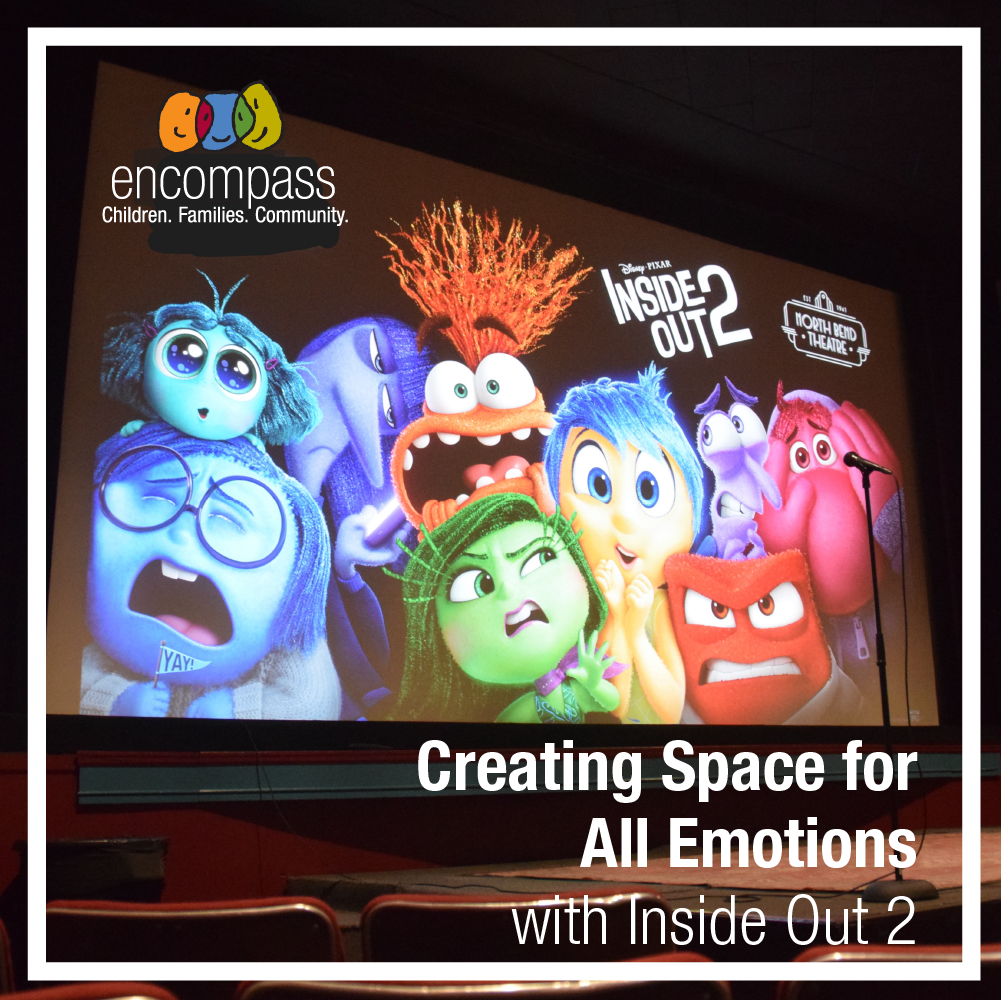English 101: Examining the Struggles Young Children Face When Learning to Read and Write
English 101: Examining the Struggles Young Children Face When Learning to Read and Write
By: Marisol Raymundo, CC SLP and Speech Language Pathologist

Have you ever heard that English is one of the hardest languages to learn?
It is true; particularly when it comes to reading and writing. Written English is tricky and, at times, seems to lack any sort of sense. As a child, I remember enjoying mnemonics like, “i before e, except after c” and then becoming frustrated for incorrectly spelling words like “weird” or “brief,” which have the same vowel sound, but for some reason are spelled differently. These types of complexities and inconsistencies make learning English a challenge, even for children who consider it their first language.
There are many explanations for this conundrum, one of which lies within the vowels. While other languages have five vowel sounds corresponding to five vowel letters, the English language has between 14 and 20 vowel sounds that we spell with the same five letters.
English also has a tendency to borrow words and spelling patterns from other languages, creating even more confusion for young children and English language learners. There is a quote that I ran into on a mindless meander through the internet that really struck a chord with me. James Nicoll, a Canadian book reviewer, wrote that “on occasion, English has pursued other languages down alleyways to beat them unconscious and rifle their pockets for new vocabulary. Think of words like “tortilla,” or “fiancé.” We have taken many words from other languages and incorporated them into mainstream English, often times contradicting the grammatical rules that we thought to be true.
In addition to the complexities of the language, some children have difficulty with both phonological awareness and phonemic awareness.
Phonological awareness is the knowledge of the sound system and the rules around how we combine those sounds to form words. For example, /d/ and /r/ can be combined in words, such as “draw,” but /d/ and /l/ cannot. Can you think of any words that combine the letters /d/ and /l/ side-by-side? I can’t.
Phonemic awareness is knowledge about sound-to-letter correspondence, or knowing that “eee” corresponds to “ee,” “y,” and “ea.” Difficulty at this level often affects a child’s ability to learn how to read and write, and the confusion can cause a lack of confidence in the child. TheWired for Reading ℠program provided at Encompass’ North Bend pediatric therapy clinic can help.















Leave a Reply